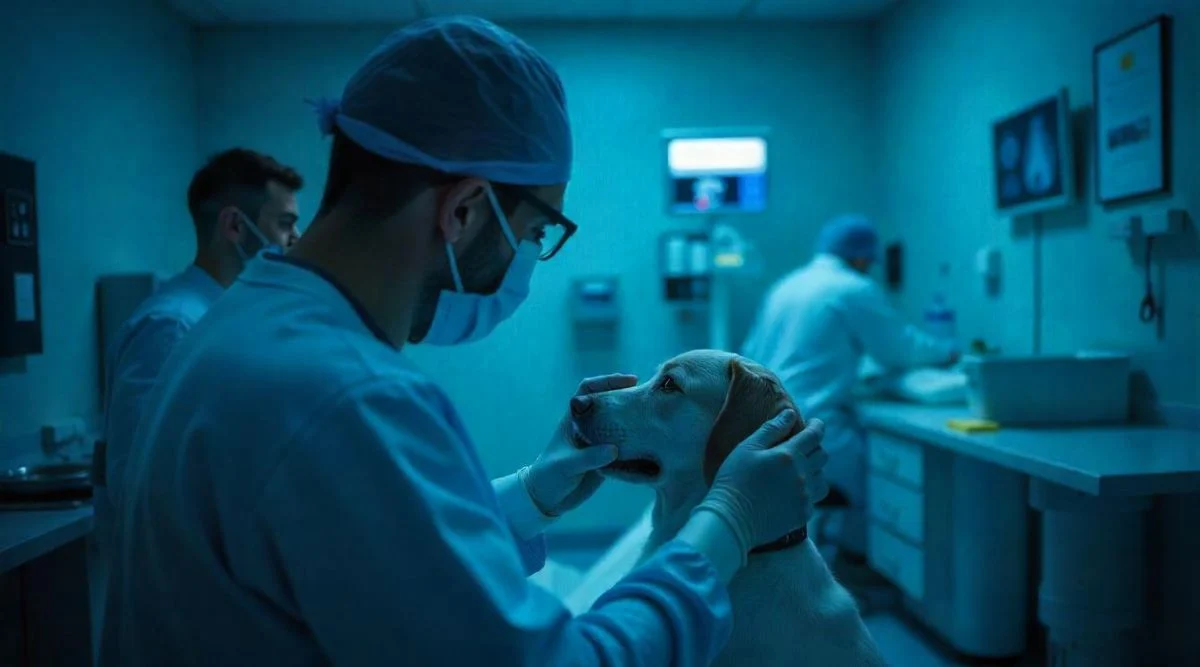




VOSD is India’s largest non-profit organization for dogs. We have 1700 dogs living with us permanently as of March 2024. Over 30,000 dogs have been rescued by us over a decade and we admit 300-400 dogs to the VOSD Sanctuary & Hospital annually. VOSD provides the most sophisticated and expensive medical care and rehabilitation services FREE for stray dogs and abandoned pet dogs. VOSD is a dog’s best friend.
While VOSD is the largest, best-managed dog rescue; our very scale and level of care require your constant help to continue our work for India’s neglected and abused dogs. India’s dogs need your help and VOSD helps dogs across India!
VOSD is a home for dogs with no hope. If you want us to take in a dog under your care, read more about our surrender process. Please note that VOSD is a permanent home for dogs surrendered to us.
A nutritious meal makes a big difference in the lives of stray dogs who have lived through starvation on the streets. Sponsor a meal or two for 1700 VOSD dogs so they can stay happy and healthy!
Rakesh Shukla sold everything to help abandoned and injured dogs when he started VOSD. Today, VOSD needs your help to continue supporting these dogs.
You will receive email updates from us. You may unsubscribe at any time.
Sign up to get updates about the VOSD Dog Sanctuary!